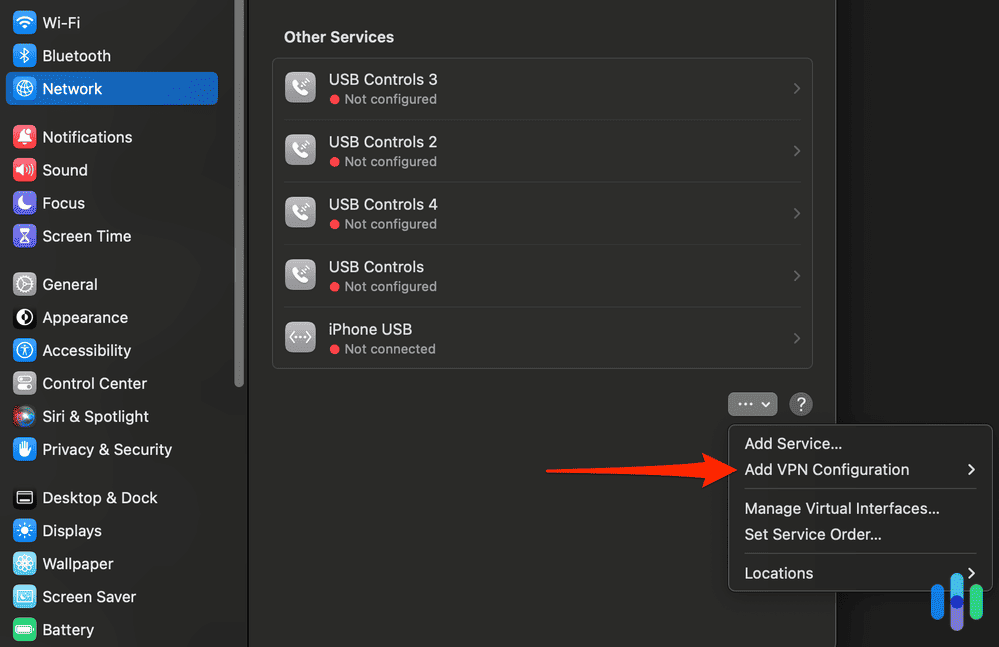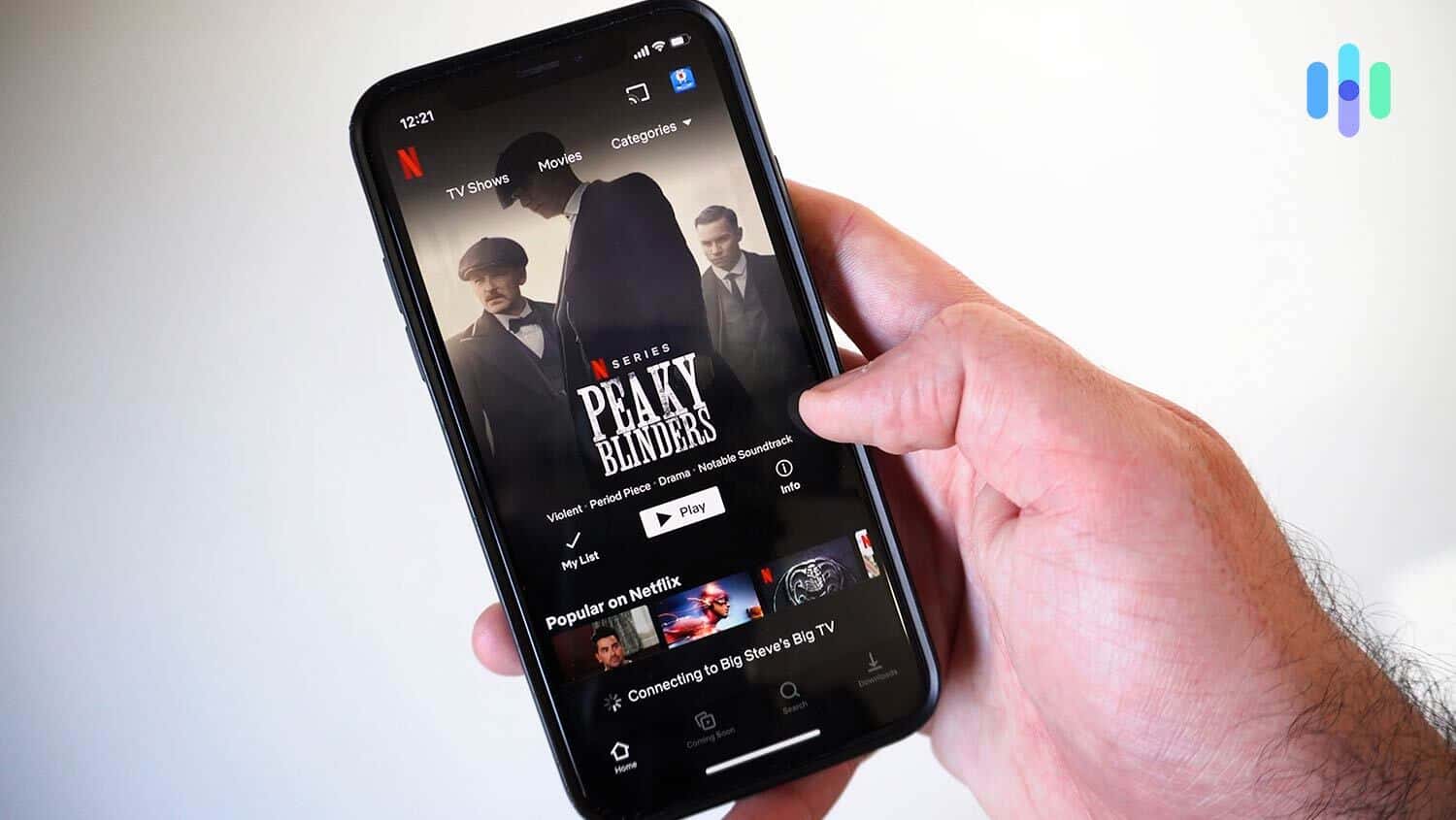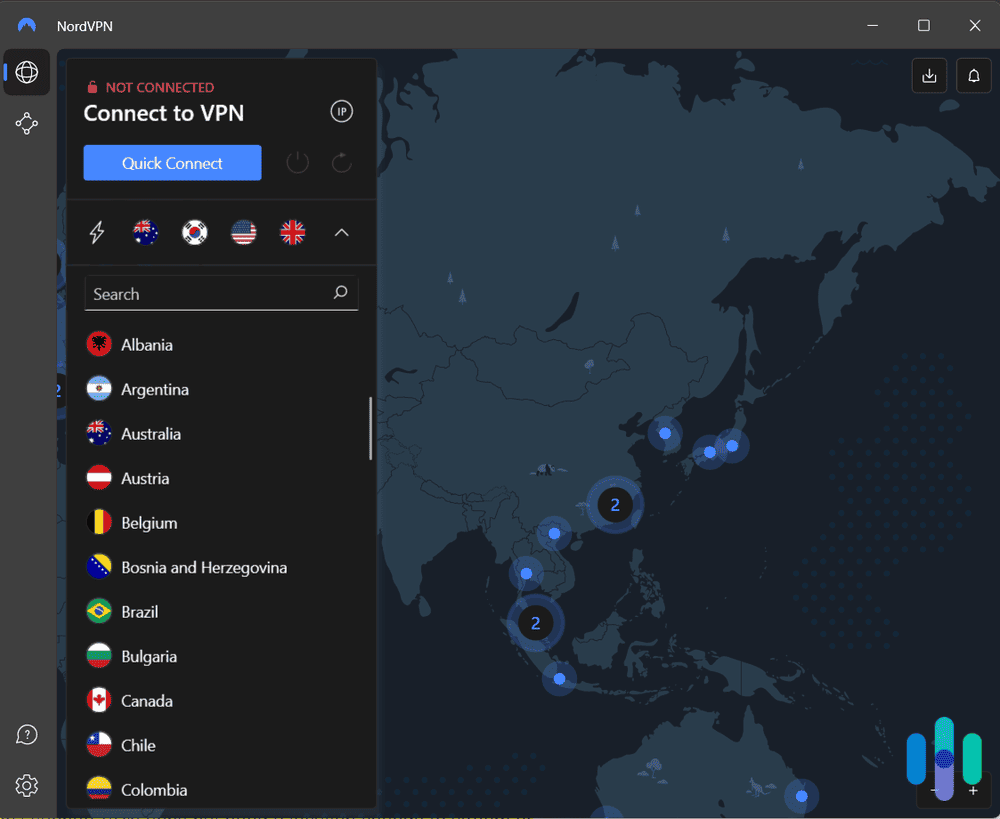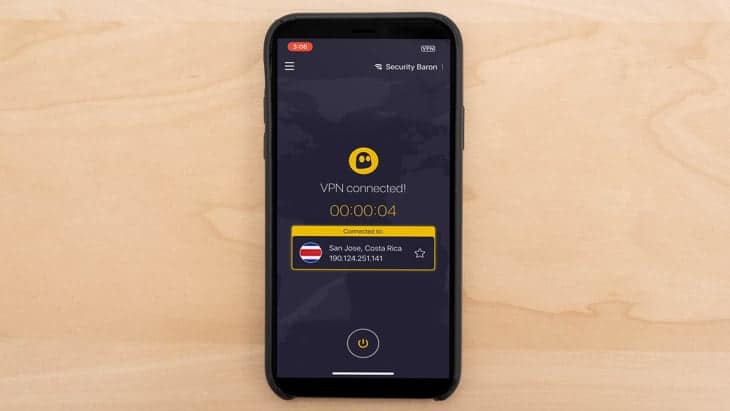Using a VPN is one of the easiest, most straightforward ways to enjoy safer browsing. Typically, you launch the VPN app, find a good server, and hit that “connect” button. And just like that, your connection is secure.
But what would you do if your VPN stops working? Or if you’re forever stuck in the “connecting” state? Or what if you just can’t get the VPN app installed in the first place?
We’ve been in those situations, too, pulling our hair out trying to figure things out. So, in this guide, we’ll tackle the most common VPN issues and show you how to fix them like a pro.
Why VPNs Malfunction
Look, VPNs are pretty user-friendly these days, but there’s still a lot happening behind the scenes. Think of them like your smartphone – easy to use, but packed with complex technology underneath. When something goes wrong, it could be any number of things causing the hiccup.
Your VPN might act up because of your home network, your device settings, or even issues on the VPN provider’s end. Sometimes it’s as simple as outdated software, and other times it’s your firewall being a bit too protective.
Here are some of the most common reasons why a VPN might malfunction:
- Internet Connection Issues: Got spotty Wi-Fi? Your VPN will struggle too. Plus, some ISPs actively throttle VPN traffic – yeah, they can do that – which leads to sluggish speeds or dropped connections.
- Software and Configuration: Running an old VPN version is like trying to run new apps on an ancient phone – it just won’t work right. Wrong settings can also throw a wrench in things.
- Server Problems: Picture a popular restaurant on Friday night – too many people, slow service. Same deal with overloaded VPN servers.
- Firewall and Security Software: If you have a firewall or antivirus program installed, your device might block a VPN connection.
- Protocols: Not all networks play nice with every VPN protocol. Some networks actively block certain protocols, making your connection fail.
- Restrictions around Geolocations: Streaming services and websites have gotten pretty smart about detecting VPN IP addresses and blocking them.
- Operating System Issues: Some VPN clients are simply not compatible with certain operating systems.
- DNS Leaks: When your VPN isn’t set up properly, your real location can leak through DNS queries – bad for both functionality and privacy.
>> Read Next: WebRTC Leaks: A Complete Guide

The key to fixing VPN problems? Figure out what’s actually broken first. Once you nail down the cause, the solution usually becomes pretty obvious.
Let’s walk through the five most common VPN headaches and exactly how to fix them.
Need a VPN You Won't Have to Fix?
Look, troubleshooting tech issues isn't anyone's idea of a good time. Want to skip the hassle? Here are three rock-solid VPNs we've personally tested that rarely need any fixing:



1. VPN App Won’t Install
The VPN app is your gateway to the VPN service itself. You’ll use it to select a server, connect to the VPN, and configure your connection settings, among other things. Sometimes, however, setting up a VPN app doesn’t go as smoothly as expected. So what could be the problem?

If you got the app from the official website or app store, the issue is probably on your end. Could be a missing network adapter, an overprotective firewall, or another program getting in the way.
These installation snags pop up most often on Windows, macOS, and Linux. The good news? The fix is usually straightforward. Start with these solutions:
- Restart your device, then give it another shot.
- If you’re using antivirus software, disable it temporarily. It could be interfering with the installation. Learn how to turn off antivirus software here.
- Check and update your network drivers. Windows users: head to Device Manager in the Control Panel. Mac users: just check for a system update – macOS handles drivers automatically.
- Turn off your firewall for a minute (you can find this in your security settings). It might be blocking the installation.
- Look for leftover VPN files. Sometimes an old version is still hanging around or didn’t uninstall completely.
- Double-check compatibility. Make sure the VPN works with your operating system version. Windows users: grab the right installer (32-bit or 64-bit) for your system.
Sometimes the problem is on the VPN provider’s end. Brand-new releases and beta versions can be buggy. If nothing above works, try downloading an older, stable version from the VPN’s downloads page.
Pro Tip: Having trouble installing on your iPhone or Android? The issue is probably with the App Store or Google Play, not the VPN itself. Try clearing the store’s cache or updating the store app.
2. VPN Won’t Connect
Here’s another frustrating one – your VPN app opens fine but just won’t connect. This problem’s a bit trickier since the culprit could be anything from your router settings to the app configuration.

Stuck watching that “connecting” wheel spin forever? Try these fixes:
- Restart your device and the VPN: Yeah, yeah, the old “turn it off and on again” trick. It works more often than you’d think. Restart both your device and the VPN app. While you’re at it, log out and back in – sometimes it’s just an account sync issue.
- Check your firewall: Your firewall might be treating your VPN like an unwanted guest. Try disabling it temporarily. If the VPN connects, you’ll need to add an exception for the VPN in your firewall settings.
- Test your internet connection: Can you load any websites without the VPN? If not, there’s your problem – no internet means no VPN. Restart your router or give your ISP a call.
- Try a different network: Still stuck? The issue might be your network itself. Connect to your phone’s hotspot or a different Wi-Fi network. If the VPN works there, your home network is the problem. At this point, reach out to your VPN’s support team. They’ve got the tools to diagnose network-specific issues.
3. Slow Internet Speeds

Nothing kills your browsing buzz quite like a VPN that turns your fast internet into dial-up speeds. Our VPN speed tests revealed that VPNs have gotten a lot better at delivering high-speed connections – at least that’s the case for the best VPNs out there. Even the best services have their slow days. Here’s how to get back up to speed:
Start with this quick fix:
- Disconnect the VPN.
- Restart the VPN app.
- Connect to a different server than the one you connected to previously.
Nine times out of ten, that’ll do the trick. If you’re still crawling along, there’s three more things you can try.
First, switch up your VPN protocol. Head to your VPN’s settings – you’ll probably see OpenVPN as the default. Switch to WireGuard if available (it’s usually faster) or try IKEv2/IPSec as a backup option.
Second, go server hopping. If the whole U.S. region seems slow, maybe there’s maintenance happening. Jump over to Canada, the U.K., or Australia instead.
Third, check if it’s actually your internet. Disconnect the VPN and run a speed test. Getting slow speeds without the VPN? Time to call your ISP.
FYI: Your VPN speed depends on a bunch of factors: how far you are from the server, how many people are using it, and what time of day it is. For the best speeds, connect to servers in the off-peak hours of the server’s local time.
4. VPN Failing to Change Your IP Address Location
Perhaps you’re using a VPN to change your IP address and bypass geographic restrictions, such as to access a different Netflix region. You connect successfully, but Netflix still shows your local content. That’s usually a sign of an IP leak – either DNS or WebRTC leak.

When your VPN leaks your real IP address, it’s basically failing at its main job. Don’t panic though – sometimes it’s just a temporary glitch. First try switching to a different server.
After switching servers, run a quick IP leak test. We like BrowserLeaks.1 If it shows your real location instead of the VPN server’s location, you’ve got a leaky VPN – time to find a better provider. If it shows the VPN location correctly, head back to Netflix. Should work like a charm now.
Pro Tip: IP leaks are serious business. They blow your privacy cover even when you think you’re protected. If your VPN keeps leaking, don’t mess around. Switch providers ASAP.
5. VPN App Crashes
Last but definitely not least – the VPN app that keeps crashing. Super annoying, but usually fixable. The app itself is almost always the culprit.
First, restart the app (obviously). Then check for updates – you might be running an outdated version. No updates available? Try the classic uninstall and reinstall.
Still crashing? Might be your device struggling to keep up. If you’re using an older computer or phone, close everything else running in the background. Your device might be maxed out trying to juggle too many apps at once.
Here’s something scarier to consider: malware. Some nasty bugs like computer worms can overwork your CPU and force apps to crash. If you suspect something fishy, run an antivirus scan right away.
Final Words
Let’s be real – no VPN is bulletproof. These are complex tools, and stuff happens. But now you’ve got the know-how to fix the most common problems yourself, without waiting on hold for tech support.
Of course, some VPNs are just more reliable than others. Still shopping around? Check out our VPN comparisons and our VPN buying guide.
FAQs on Troubleshooting VPNs
Got more questions? Let's tackle some other common VPN issues you might run into:
-
Why is my ping always too high?
High ping with a VPN usually means you’re connected to a server that’s too far away. Data has to travel further, which takes more time. Try connecting to the closest server to your actual location. Less distance = lower ping.
-
Why can’t I access websites while connected to a VPN, but other websites are working properly?
That website probably isn’t available in your VPN server’s country. Connect to a U.K. server, and websites think you’re in the U.K. – even if you’re chilling in California. Some sites block international traffic completely.
-
My VPN speed is good, but why can’t I stream videos?
Your network uses different ports for different data types, including video streaming. Your VPN might not have permission to use the streaming port on your network. Check your router settings or contact your VPN support.
-
Why can I no longer connect to the internet after disconnecting the VPN?
Sounds like your VPN’s kill switch is doing its job a little too well. This feature blocks all internet when the VPN is off – great for privacy, annoying when you forget about it. Just hop into your VPN settings and toggle the kill switch off.
-
What should I do if I’m unable to torrent while using a VPN?
Not every VPN supports torrenting, and the ones that do often need special servers. Look for servers labeled “P2P” or “torrent-optimized” in your VPN app. No luck? Your VPN might not support torrenting at all.








